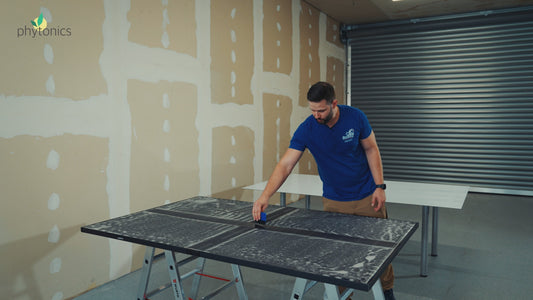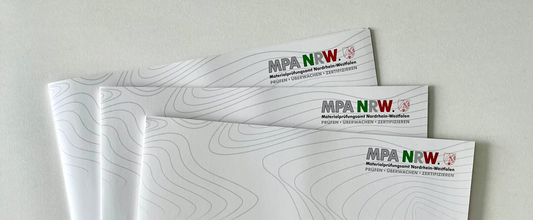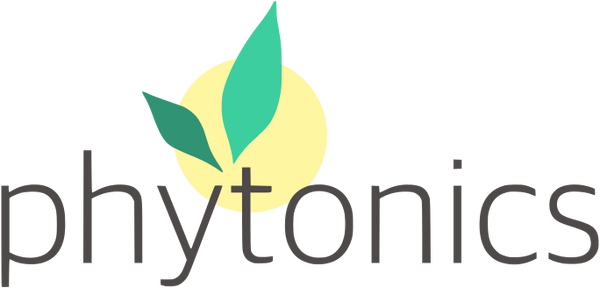About us

2012 to 2020
Research
Between 2012 and 2020, Dr. Ruben Hünig conducted research at KIT and ZSW Stuttgart on bionically inspired anti-reflection structures. Natural models such as flower petals served as a basis to specifically couple light into solar cells and thus minimize reflections. This research laid the foundation for today's anti-glare technology from Phytonics.

2020 to 2021
Company formation
From 2020 to 2021, research became reality: The founding team prepared the spin-off from KIT and established Phytonics GmbH in 2021.
Supported by funding programs such as EXIST, a young high-tech company was created with the goal of bringing the developed technology to market readiness and making photovoltaics glare-free.

2022
Development
In 2022, Phytonics focused on the further development and optimization of the technology for use on full-format solar modules. Initial pilot projects were successfully implemented, and the technological properties – especially glare reduction and light yield – were validated in the field. At the same time, the foundation for the later market entry was laid.

2022 and 2023
Prices
In 2022 and 2023, Phytonics was recognized for its technological developments. In 2022, the team won 1st place at the KIT Founder Pitch during the NEULAND Innovation Day, followed by the KIT Innovation Award in 2023. The awards acknowledge the successful transfer of bionic research into marketable solar technology.

2023
Pilot project
In 2023, Phytonics completed the first successful pilot project: The roof of a hillside residential building in Saarland was made glare-free. Thanks to the special surface structure of the coating, disturbing reflections could be significantly reduced and neighborhood peace restored – a crucial step for the social acceptance of PV systems in sensitive locations and an important milestone on the path to market maturity.

2024
Market launch
In 2024, Phytonics officially launched the distribution of the anti-glare film. After intensive development work and successful pilot projects, the technology was released to the market. Since then, private customers, installers, and operators of larger systems have been able to rely on an innovative solution that effectively reduces disturbing glare while largely preserving the performance of solar modules.
Blog posts
Show all-

Solar systems without glare – Phytonics on Deut...
Recently, the Deutschlandfunk program "Environment and Consumer" reported on the topic of glare from solar installations. Our CEO Ruben Hünig also spoke and explained the solutions available to avoid reflections...
Solar systems without glare – Phytonics on Deut...
Recently, the Deutschlandfunk program "Environment and Consumer" reported on the topic of glare from solar installations. Our CEO Ruben Hünig also spoke and explained the solutions available to avoid reflections...
-

How do I best apply the Phytonics film to my so...
We receive this question almost every day – and for good reason. The Phytonics film sustainably reduces glare and increases comfort for operators, neighbors, and the surrounding area. For it...
How do I best apply the Phytonics film to my so...
We receive this question almost every day – and for good reason. The Phytonics film sustainably reduces glare and increases comfort for operators, neighbors, and the surrounding area. For it...
-

Testing the fire behavior of our anti-glare film
Our anti-glare film meets fire protection class B-s1,d0 according to DIN EN 13501-1. The test result confirms a flame-retardant behavior with very low smoke development – ideal for demanding applications.
Testing the fire behavior of our anti-glare film
Our anti-glare film meets fire protection class B-s1,d0 according to DIN EN 13501-1. The test result confirms a flame-retardant behavior with very low smoke development – ideal for demanding applications.
Newsletter
We keep you informed about all news and developments.



